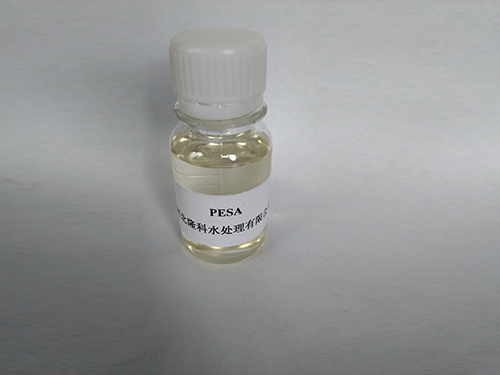partially hydrolysed polyacrylamide
Partially Hydrolyzed Polyacrylamide Understanding Its Properties and Applications
Partially hydrolyzed polyacrylamide (PHPA) is a versatile polymer that has gained recognition in various industries due to its unique properties and applications. This synthetic polymer is derived from polyacrylamide through a controlled hydrolysis process, where a portion of the amide groups in the polymer chain is converted into carboxyl groups. This transformation imparts distinct characteristics that enhance its functionality, making it an invaluable compound in numerous fields.
Chemical Structure and Properties
The chemical structure of partially hydrolyzed polyacrylamide involves long chains of acrylamide units, with a certain percentage of those units being hydrolyzed to form carboxylate groups. The degree of hydrolysis can greatly influence the properties of PHPA, including its solubility, viscosity, and charge density. The presence of carboxyl groups makes the polymer water-soluble and gives it anionic character, which affects its interactions with other substances.
One of the key properties of PHPA is its ability to increase viscosity in aqueous solutions. When added to water, PHPA forms a thick, gel-like consistency, which is particularly useful in applications that require fluid stabilization and viscosity modification. This viscosity-enhancing capability is crucial in various industrial processes, such as drilling and hydraulic fracturing in the oil and gas sector.
Applications in Industry
PHPA finds extensive applications across several industries, most notably in the petroleum industry, environmental management, and agriculture.
partially hydrolysed polyacrylamide

1. Oil and Gas Industry In drilling operations, particularly during the extraction of oil and gas, PHPA is used as a viscosifier and fluid loss control agent. It helps maintain wellbore stability, prevents the infiltration of drilling fluids into porous formations, and reduces water loss. The effective use of PHPA in drilling muds allows for more efficient drilling operations, minimizing downtime and enhancing production efficiency.
2. Environmental Management PHPA is employed in waste treatment processes, particularly for the flocculation and sedimentation of suspended solids. It aids in the clarification of wastewater, facilitating the removal of contaminants and improving water quality. Moreover, PHPA is used in soil stabilization and erosion control applications, helping to bind soil particles together and prevent erosion in construction sites and agricultural fields.
3. Agriculture In the agricultural sector, PHPA is used as a soil conditioner and water-retention agent. Its ability to increase soil viscosity and retain moisture makes it a valuable additive in irrigation practices. By improving the water-holding capacity of soil, PHPA helps enhance crop yields, especially in arid regions where water scarcity is a prevalent issue.
Safety and Environmental Considerations
While PHPA is generally considered safe for various applications, it is essential to handle it with care. Inhalation or ingestion of concentrated forms of polyacrylamide can pose health risks. Therefore, appropriate safety measures should be observed during its handling. Additionally, the environmental impact of PHPA has been a subject of study, particularly concerning its biodegradability and potential toxicity to aquatic life. Overall, when used responsibly, PHPA can offer sustainable solutions across different sectors.
Conclusion
Partially hydrolyzed polyacrylamide is a remarkable polymer with a wide range of applications, particularly in the oil and gas, environmental management, and agricultural industries. Its unique properties, stemming from the controlled hydrolysis of polyacrylamide, enable it to serve as an effective viscosifier, flocculant, and soil conditioner. As industries continue to seek efficient and sustainable solutions, the significance of PHPA is likely to grow, reaffirming its role as a crucial material in modern science and engineering. Understanding its properties and applications will be essential for innovators looking to maximize its potential while ensuring safety and environmental responsibility.
-
Water Treatment with Flocculant Water TreatmentNewsJun.12,2025
-
Polymaleic AnhydrideNewsJun.12,2025
-
Polyaspartic AcidNewsJun.12,2025
-
Enhance Industrial Processes with IsothiazolinonesNewsJun.12,2025
-
Enhance Industrial Processes with PBTCA SolutionsNewsJun.12,2025
-
Dodecyldimethylbenzylammonium Chloride SolutionsNewsJun.12,2025





